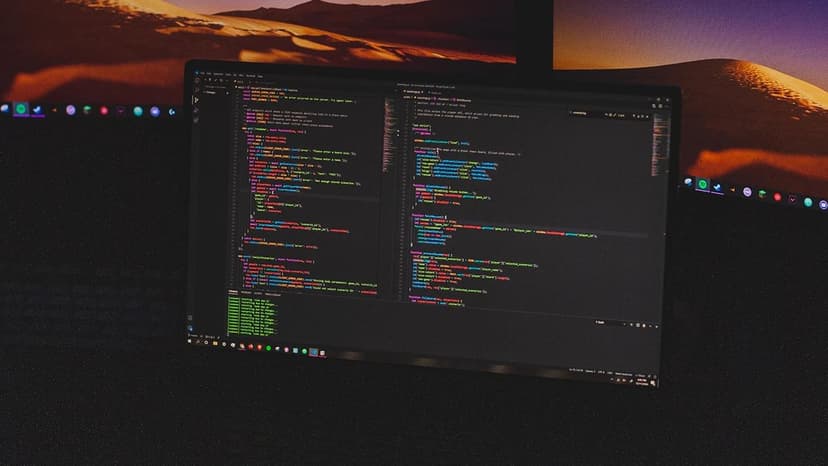How to Solve Common PHPMailer Issues and Enhance Email Delivery
Have you ever encountered problems while trying to send emails using PHPMailer? Fear not, as we have got you covered! In this comprehensive guide, we will address some of the most frequently asked questions regarding PHPMailer and provide practical solutions to enhance the delivery of your emails.
Why is My Email Not Being Sent?
If you find yourself in a dilemma where your emails are not being sent successfully, there could be various reasons behind this issue. One common scenario is improper SMTP configuration. Ensure that you have correctly set the SMTP host, port, username, and password in your PHPMailer script. Here is an example of how you can configure SMTP settings in PHPMailer:
Php
Additionally, check if your server's firewall is blocking outgoing traffic on the specified SMTP port. You can consult with your hosting provider to whitelist the necessary ports for email sending.
How to Handle Attachments in PHPMailer?
Attaching files to your emails is a common requirement, but it can sometimes lead to errors if not done correctly. When adding attachments using PHPMailer, make sure to specify the file path correctly. Here is a snippet illustrating how you can include attachments in your email:
Php
Ensure that the file path is accurate and that the file exists on the server. Additionally, be mindful of the file size limitations imposed by your hosting provider to prevent any issues with sending attachments.
What Can I Do to Improve Email Deliverability?
Enhancing email deliverability is crucial to ensure that your messages reach the recipients' inboxes and avoid being flagged as spam. One effective approach is to implement SPF (Sender Policy Framework) and DKIM (DomainKeys Identified Mail) records for your domain. These authentication mechanisms help in verifying the legitimacy of your emails and building trust with email service providers.
You can generate SPF and DKIM records using online tools like SPF Record Generator and DKIM Core Key Generator. Once you have obtained the records, add them to your domain's DNS settings to authenticate your email sending domain.
How to Handle HTML Email Content with PHPMailer?
Incorporating HTML content in your emails allows for more visually appealing and engaging communication with your recipients. When crafting HTML emails using PHPMailer, remember to set the isHTML property to true to indicate that the email content is in HTML format. Here is an example illustrating how you can send HTML emails with PHPMailer:
Php
By providing both HTML and plain text versions of your emails, you ensure compatibility across various email clients and devices, ultimately improving the overall user experience.
How to Handle Errors and Debug PHPMailer Issues?
When encountering errors or issues with PHPMailer, it is essential to implement error handling and debugging techniques to pinpoint the root cause of the problem. PHPMailer provides methods to capture detailed error messages, which can be instrumental in troubleshooting email sending issues.
You can enable debugging mode in PHPMailer by setting the SMTPDebug property to 2 for verbose output. This will log detailed information about the SMTP transaction, allowing you to identify any errors or anomalies in the email sending process. Here is how you can enable debugging in PHPMailer:
Php
Additionally, you can leverage try-catch blocks to handle exceptions thrown by PHPMailer and display custom error messages to streamline the debugging process. By employing systematic error handling practices, you can efficiently resolve PHPMailer issues and ensure smooth email delivery.
Wrapping It Up
Mastering the intricacies of PHPMailer is pivotal for ensuring seamless email delivery and enhancing the communication experience with your audience. By addressing common issues such as SMTP configuration errors, attachment handling, email deliverability enhancements, HTML content integration, and error debugging techniques, you can elevate your email sending capabilities and overcome obstacles effectively.
Persistence and attention to detail are key virtues in navigating the realm of PHPMailer. By incorporating the best practices outlined in this guide and staying proactive in resolving challenges, you can optimize your email sending workflow and achieve greater success in reaching your recipients. Embrace these insights, experiment with different strategies, and watch your email delivery prowess soar to new heights!
Now, armed with a deeper understanding of PHPMailer intricacies, you are well-equipped to overcome obstacles and unlock the full potential of your email communication endeavors. Email delivery success awaits – go forth and conquer the digital realm with confidence!












